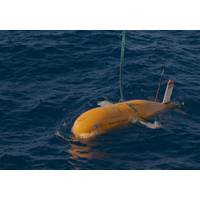
NOC's Boaty McBoatface Monitors Marine Environment at North Sea Oil Fields
of environmental information while cutting the cost and environmental impact for a survey ship and its crew. The AT-SEA project will test this concept in UK waters and carry out the first fully autonomous environmental assessment of multiple decommissioning sites.”Ocean robots, which use computer systems to carry out survey missions by themselves, are regularly used by scientists for environmental assessments as they collect very high-quality data quickly. Additionally, using autonomous underwater vehicles is a low carbon solution to the issues with environmental monitoring that will bring substantia
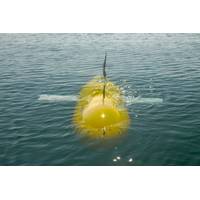
‘Boaty McBoatface’ Robotic Submarine to Visit End-of-life Oil and Gas Fields
are left in place. Surveys that are needed in an offshore environment are expensive and time-consuming, requiring support from ships and many specialist seagoing personnel. This requirement, although vital, has a considerable cost for industry and the public.”Credit: NOCOcean robots, which use computer systems to carry out survey missions by themselves, are regularly used by scientists for environmental assessments as they collect very high-quality data quickly, NOC says.Additionally, NOC explains, using autonomous underwater vehicles is a low carbon solution to the issues with environmental monitoring
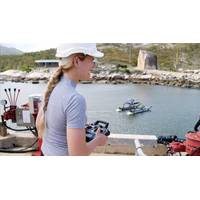
From Protecting National Sovereignty to Protecting the Reef
farming family near the small settlement of El Arish in north Queensland, Melanie Olsen thought engineers were train drivers.When a James Cook University engineering lecturer visited her small rural high school with a quad helicopter, Mel knew she’d found her career path and studied computer systems engineering at James Cook University.She was accepted into the Defense Material Organization (now Capability Acquisition and Sustainment Group) graduate program that gave her the opportunity to conduct three six-month rotations across Defense, helping to build and sustain Defense capabilities
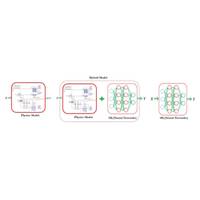
Simulation: Cutting the Corner on Machine Learning
with state-of-the-art ML techniques. This paper provides an overview of the use of physics-based simulation models to test, correct, and retest ML algorithms under a range of scenarios and at a scale not practicable with physical testing.Machine Learning (ML)ML is the use and development of computer systems that use algorithms and statistical models to analyze and draw interferences from patterns in data to learn and adapt automatically through experience. It is seen as a subset of artificial intelligence. ML algorithms build a mathematical model based on sample data, known as “training data&rdquo

Complete Oil Spill Monitoring Solutions for Vulnerable Areas
can be set up to ignore other materials that fluoresce in the same wavelength.Real time data from these monitoring systems can be transmitted via GSM, UHF radio and satellite to a base station and can be displayed online using the OSIL data to web service, or can be integrated into the clients own computer systems, providing users with a variety of alarm options including email and text alerts, audible alarms or visual indicators such as flashing lights. The systems can also be equipped with additional sensors depending on customer requirements. The Oil Spill monitoring buoys and land-based

OSIL: Oil Spill Monitoring Buoys Fuel International Interest
of hydrocarbon based substances, and can be set up to ignore other materials that fluoresce in the same wavelength. Real time data from these monitoring systems can be transmitted from the buoys via GSM, UHF radio and satellite to a base station and can be integrated into the clients own computer systems, providing users with a variety of alarm options including email and text alerts, audible alarms or visual indicators such as flashing lights. The systems can also be equipped with additional water quality or MetOcean sensors depending on customer requirements. The systems are

BOEM's Jim Bennett Weighs in on US Offshore Renewables
Outer Continental Shelf programs, including oil and gas, sand and gravel and renewable energy. He is a graduate of the Departmental Manager Development Program and has earned two Master’s degrees – one in Environmental Planning from the University of Virginia and the other in Computer Systems Management from the University of Maryland. (As published in the May 2017 edition of Marine Technology Reporter
Echo Voyager: New Frontiers in Unmanned Technology
we know things will fail. This is why we added several redundant systems which helps drive the vehicles size, but also so that you can lose a significant proportion of the systems and the vehicle will still come back. There are also six emergency backup systems: you can lose four primary computer systems and six emergency controllers and the last one will get the vehicle to the surface.” Over the summer, the Echo Voyager is scheduled for further testing and validation in Huntington Beach, California, when the vehicle will be placed in a large research pool. Once it is operating
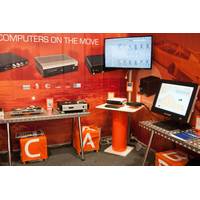
MTR 100: RECAB
, Managing Director, RECAB Norway T: +47 62 54 02 91 E: [email protected] W: www.recab.com “RECAB is a provider of rugged computers; we are a hardware company,” said Bjørn Espen Aase, Managing Director, RECAB Norway. “We create innovative computer systems for demanding applications, and that includes rough environments found at sea.” We met with RECAB at the recent Norshipping in Oslo to catch up with this fast-growing computer integrator, a company which sees its business spread across many industries that demand high-performance rugged

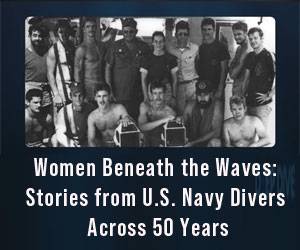

 August 2025
August 2025





